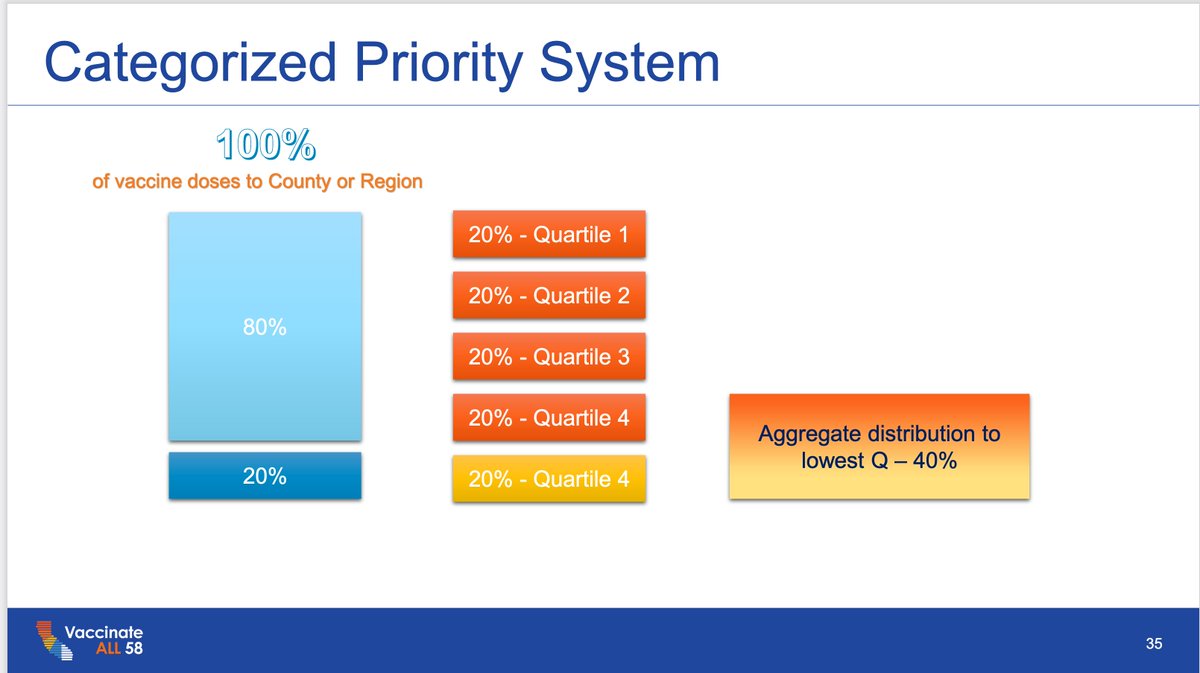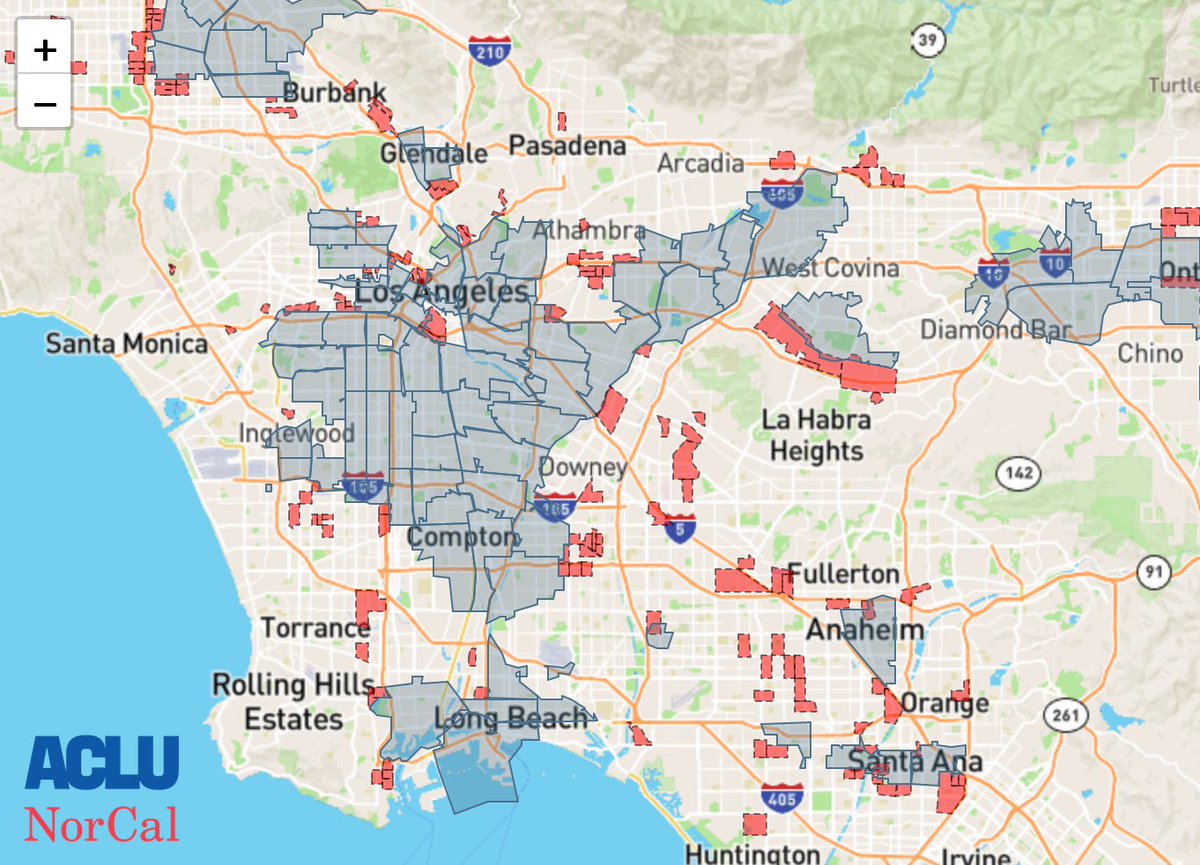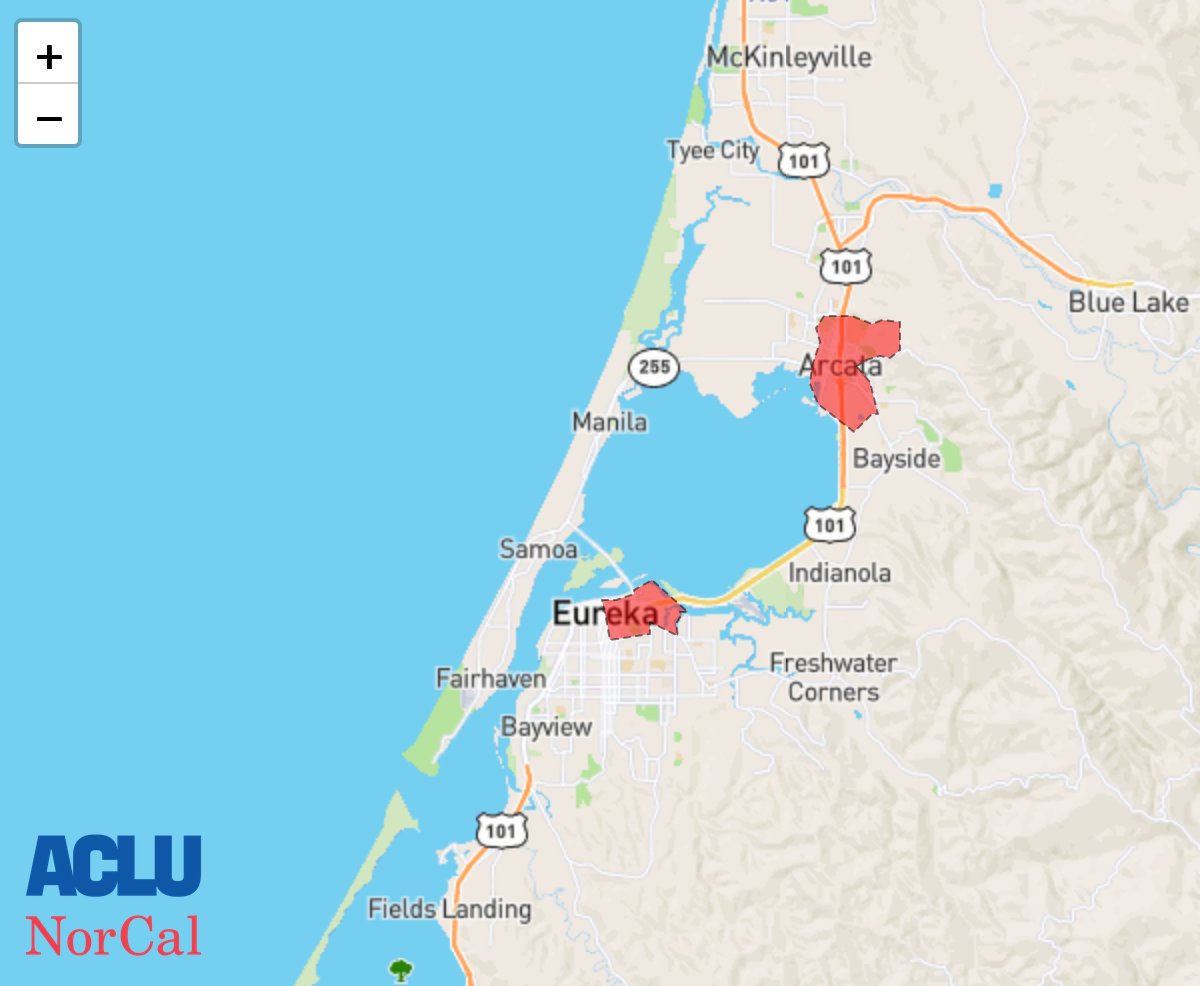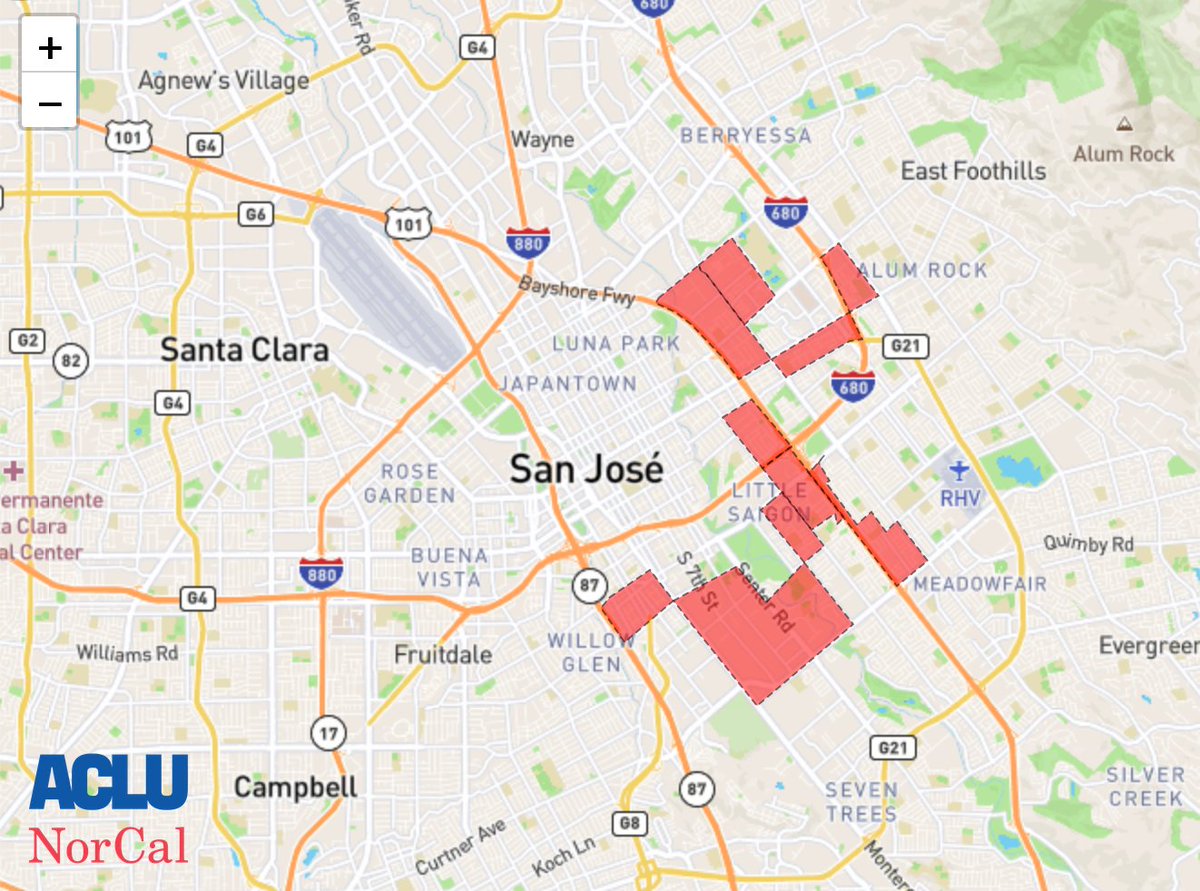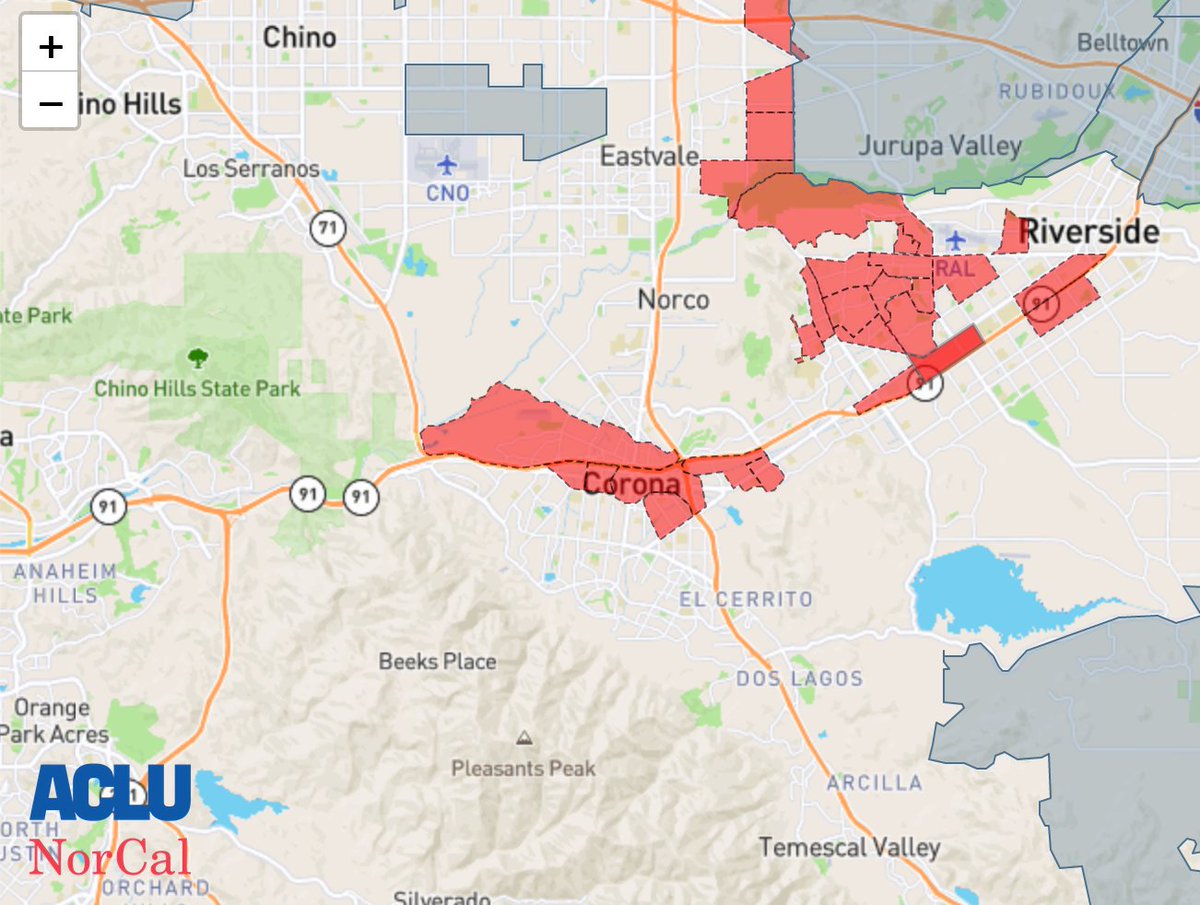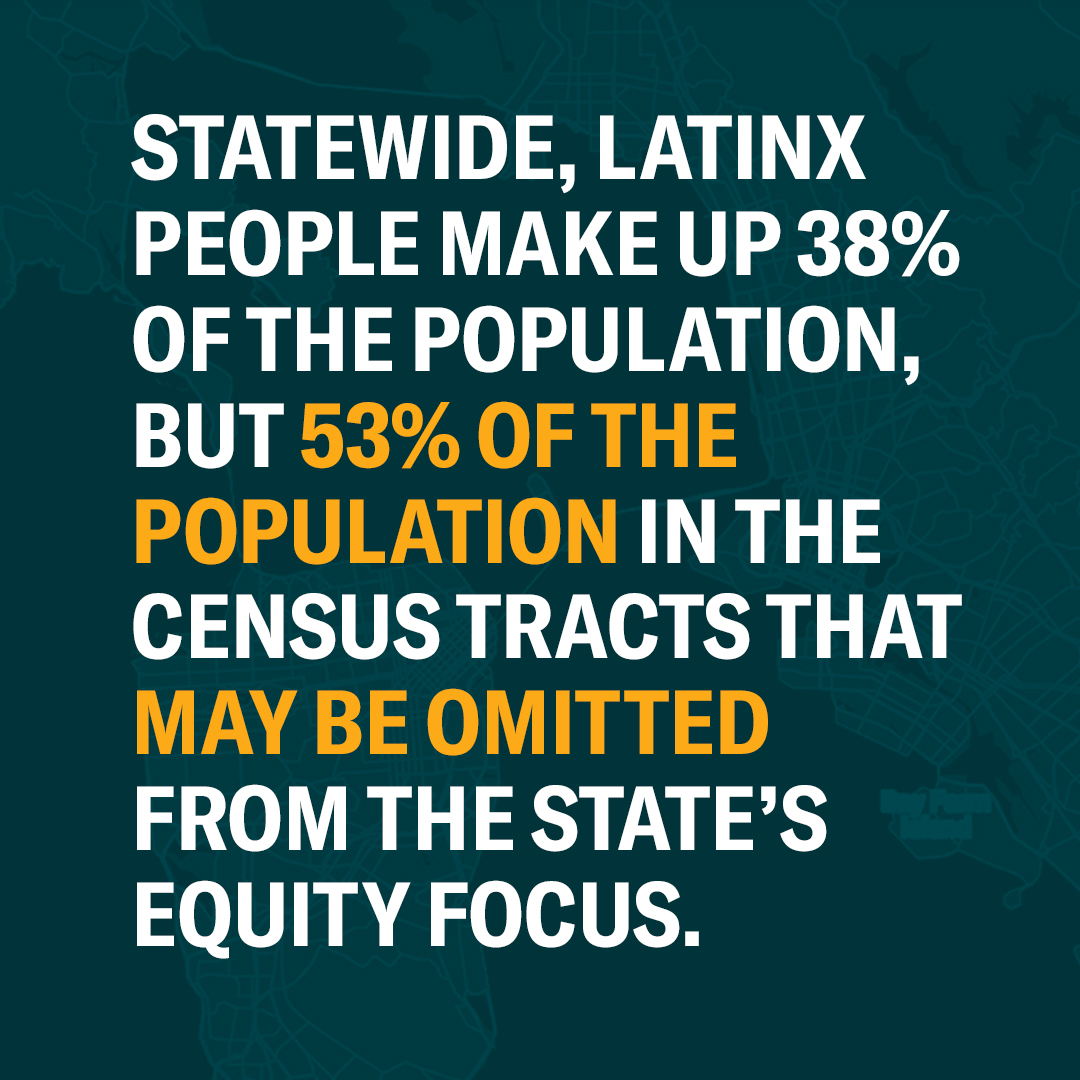NEW: Our analysis suggests that CA& #39;s equity algorithm may leave millions of needy Californians without additional vaccines because of one choice: using ZIP codes rather than census tracts to allocate additional vaccine.
Details on our blog. Also, a https://abs.twimg.com/emoji/v2/... draggable="false" alt="🧵" title="Thread" aria-label="Emoji: Thread">.
https://abs.twimg.com/emoji/v2/... draggable="false" alt="🧵" title="Thread" aria-label="Emoji: Thread">.
https://www.aclunc.org/blog/californias-equity-algorithm-could-leave-2-million-struggling-californians-without-additional">https://www.aclunc.org/blog/cali...
Details on our blog. Also, a
https://www.aclunc.org/blog/californias-equity-algorithm-could-leave-2-million-struggling-californians-without-additional">https://www.aclunc.org/blog/cali...
We wanted to understand concretely how the state& #39;s use of an algorithm to distribute vaccines would translate into actual outcomes for people where they live. People have a right to know exactly how algorithms deployed as part of public policy operate. 2/
CA is using the “Healthy Places Index”—a metric that assigns scores to communities across California according to health and wealth outcomes—to allocate additional vaccines to communities in need. Additional vaccine goes to areas with an HPI score in the bottom 25%. 3/
But there& #39;s an important detail.
The Healthy Places Index assigns scores to census tracts—areas generally smaller than ZIP codes—which are used by the census to make comparisons across place.
CA has decided to allocate additional vaccines by ZIP code rather than census tracts.
The Healthy Places Index assigns scores to census tracts—areas generally smaller than ZIP codes—which are used by the census to make comparisons across place.
CA has decided to allocate additional vaccines by ZIP code rather than census tracts.
CA may have a compelling reason to use ZIP codes rather than census tracts. But what are the consequences of that decision? 5/
The interactive map in our post shows areas in blue that may receive additional vaccine supply from the state. And areas in red are census tracts in the least healthy 25%, according to the Healthy Places Index, but which may be omitted from the state& #39;s equity focus. 6/
Town and city centers around the state frequently show up in red; apparently because these pockets of poverty are surrounded by comparatively wealthier and healthier areas. Here are Eureka, San Jose, and Corona, California. 7/
Check out the blog post to look at neighborhoods across the state. 8/ https://www.aclunc.org/blog/californias-equity-algorithm-could-leave-2-million-struggling-californians-without-additional">https://www.aclunc.org/blog/cali...
Distributing supply of a scarce vaccine in a pandemic is no easy task. The ideal approach, in which everyone who needs and wants the vaccine has immediate access, is not always possible. 10/
But when algorithmic systems are used to distribute scarce resources in California and around the country, we must be brutally honest about the consequences of those algorithms on people’s lives. 11/
We hope this analysis advances California towards both transparency and equity, and helps to ensure that technology is powering—not undermining—social justice. 12/
A huge thank you to @MaxShinnerl and @math_rachel of @usfca who provided invaluable guidance and technical assistance with this project. /fin

 Read on Twitter
Read on Twitter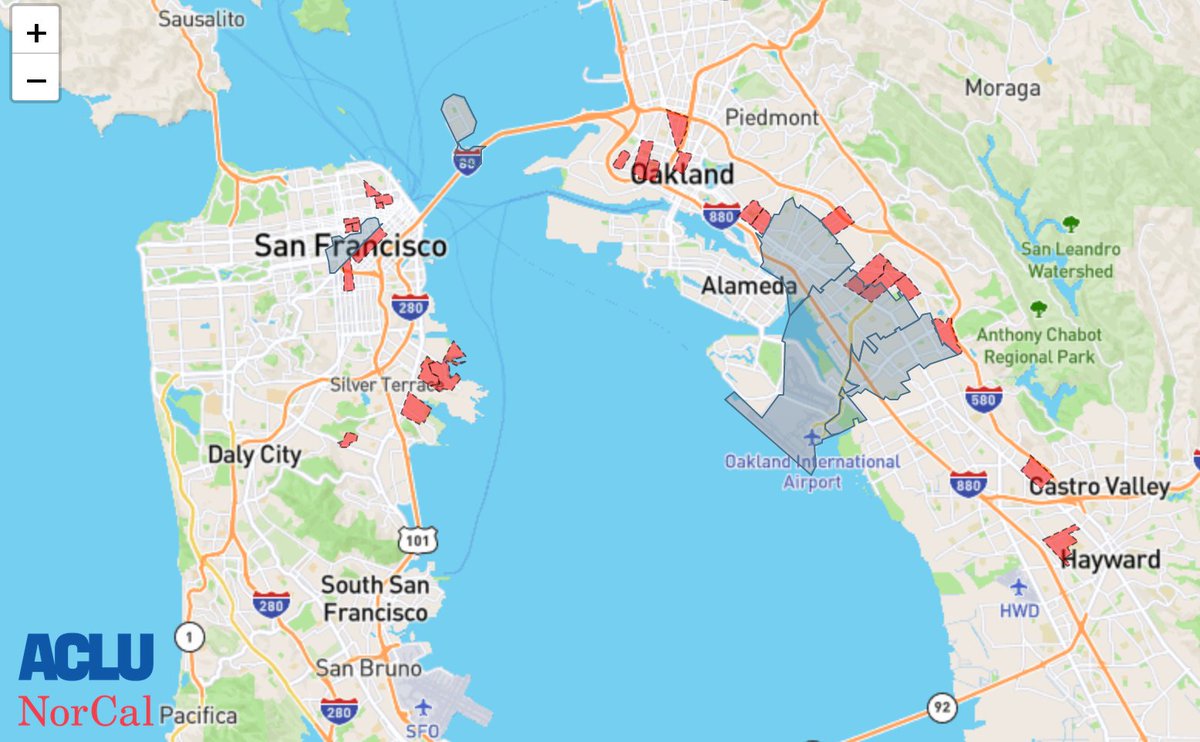 . https://www.aclunc.org/blog/cali..." title="NEW: Our analysis suggests that CA& #39;s equity algorithm may leave millions of needy Californians without additional vaccines because of one choice: using ZIP codes rather than census tracts to allocate additional vaccine.Details on our blog. Also, a https://abs.twimg.com/emoji/v2/... draggable="false" alt="🧵" title="Thread" aria-label="Emoji: Thread">. https://www.aclunc.org/blog/cali..." class="img-responsive" style="max-width:100%;"/>
. https://www.aclunc.org/blog/cali..." title="NEW: Our analysis suggests that CA& #39;s equity algorithm may leave millions of needy Californians without additional vaccines because of one choice: using ZIP codes rather than census tracts to allocate additional vaccine.Details on our blog. Also, a https://abs.twimg.com/emoji/v2/... draggable="false" alt="🧵" title="Thread" aria-label="Emoji: Thread">. https://www.aclunc.org/blog/cali..." class="img-responsive" style="max-width:100%;"/>
